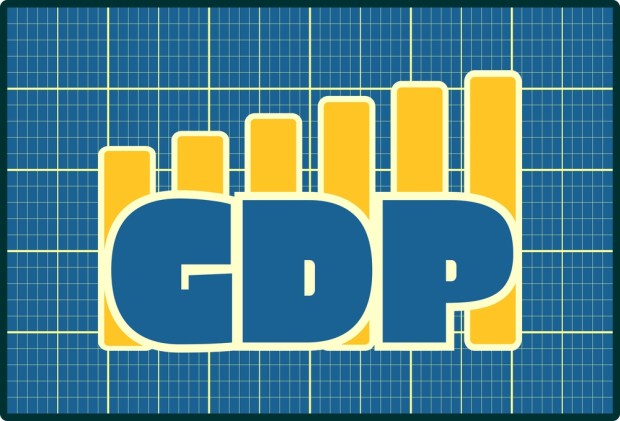US Economy Slows, Consumer Spending No Tailwind?

Will the horse that pulls the cart be strong enough to keep both from being stuck in a rut?
The Commerce Department said Tuesday that its second estimate of U.S. economic growth in the fourth quarter of 2016 stood at 1.9 percent, unchanged from the prior estimate. That was lower than the 2.1 percent expected by economists polled by Reuters.
But beneath those numbers lies some downward pressure stemming from business and investment spending, largely countering growth that had been logged in consumer spending. The relatively slower pace has taken all of 2016 to a growth rate of 1.6 percent, the slowest pace seen in five years. And it is a marked slowdown from the 3.5 percent growth that was estimated for the third quarter of the same year.
The slowdown seen quarterly and off a base where 2.5 percent growth came in 2015 begs the question as to what could quicken the pace. Consider that consumer spending, which is about two-thirds of economic activity in the country, was revised upward, at 3 percent, and better than the 2.5 percent seen in the previous estimates. But that still wasn’t enough to pull overall activity higher. Reuters noted that at least some of that push higher as consumers opened their wallets was offset by imports, bringing down domestic U.S. growth rates. Other headwinds came as business investment, chiefly in the form of equipment spending, was up only 1.9 percent, down from the 3.1 percent seen previously, and residential construction spending came in at 9.6 percent, lowered from 10.2 percent.
Could consumer spending have a resurgence that lifts momentum again? The labor market is relatively tight, and wage growth may buoy spending. More than that, consumer confidence remains high. The Conference Board said this week that its measure of its consumer confidence index was up more than three percent last month, as measured year over year to 114.8, among the highest readings in 16 years. That may also auger well for spending on goods and services on an individual and household level.
Economic growth, even while less robust than has been seen in the immediate past, has gained the laser beam focus of the Fed, which has said that rake hikes are in the offing. And rate hikes may be triggered by a pickup in economic activity going forward, particularly in anticipation of inflation. The Trump administration has been targeting economy growth of 4 percent, roughly double the most recent annualized rate, via tax cuts and infrastructure spending. The rather unfleshed promises should be fleshed out a bit as President Donald Trump addresses Congress on Tuesday.